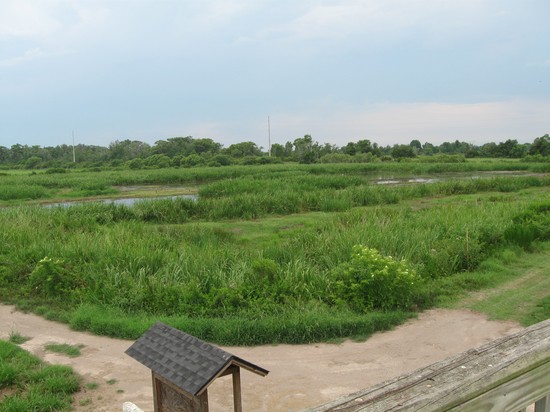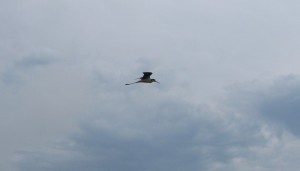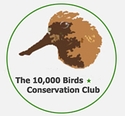It was a gorgeous day: clear blue skies, no wind to speak of, and temperatures hovering around freezing. These conditions could be considered balmy, given that we were in northeast Minnesota in February. We were lucky; just a few weeks before it was in the -30’s, before wind chill. When informed of the pending trip, non-birding friends and relatives wondered what could draw a cold adverse, lifelong southern boy like me to such northern latitude in the middle of winter. Other birders, of course, already knew the answer – owls.
Owls, and one in particular, are the reason my wife and I are staring intently out the windows in the backseat of Mike Hendrickson’s SUV this beautiful day. Along with some birders from Florida, we have engaged Mike, a fantastic bird guide, to help us find some birds that we missed during the festival.
That would be the Sax Zim Bog Bird Festival. The Sax Zim Bog, 45 minutes northwest of Duluth, is one of the best locations in the lower 48 for winter birds. And we have encountered many of those fantastic winter birds while on field trips the past two days. Common Redpolls were all over the place, and there were even a few Hoarys among them. At the various feeding stations in the bog we found a Boreal Chickadee, Gray Jays, and both Pine and Evening Grosbeaks. White-winged Crossbills proved to be very common this winter, and we found them at many stops.
The non-passerines were also well represented by Ruffed and Sharp-tailed Grouse, Bald Eagle, and a fortuitously re-found drake Barrow’s Goldeneye. We even enjoyed the gulls along the shore of Lake Superior, picking out Great Black-backed, Glaucous, and Thayer’s from the crowd of Herring Gulls.
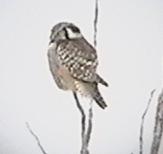
A horrible picture of a Northern Hawk-owl, perched in its characteristic fashion.
But the highlight had to be the Northern Hawk-owls. We had great looks at several of these atypical owls, characteristically perched on the tip of a small branch as if impaled. But, alas, the other three hoped-for owls – Great Gray, Snowy, and Boreal – did not cooperate.
We were hoping that would change today, with Mike’s help. And it did in Duluth when Mike picked out a tiny spot of white that differed from the surrounding white vastness of the lake ice. My first Snowy Owl! At full zoom on the scope, the owl was clearly identifiable, but less than satisfactory. Luckily, we were able to drive around to a spot much closer to the bird. From there we got our fill of this marvelous creature that was just standing there, looking around, and waiting for night to fall.

A distant Snowy Owl on the frozen lake. This bird is sporting a wing tag and black paint on its forehead, courtesy of a field researcher.
I have wanted to see a Snowy Owl for as long as I can remember. But this day there was another bird that I wanted to see even more.
We have driven along miles of back (and some not-so-back) roads, eyes strained trying to pick out a small blob in a tree that doesn’t quite belong. Finally, Mike’s sharp eyes spot something. There, on the snow-covered bank. Our target – a Boreal Owl!
Dead.
We stop to get a better look. From the location of the body, it was clear that a car must have hit it. From a closer examination, Mike determined that it hadn’t been doing too well even before its demise. He could feel the keel of the breast, which meant that it had not been hunting very successfully.
One can learn much from a corpse such as this, besides the bird’s condition at death. You can better understand the physiology, such as the way the wings work and the arrangement of the feathers. You can also study the field marks at leisure, ensuring that when you come across a live bird you can identify it. Even the best field guide or photograph can’t beat the real thing!
Knowing this, I want to examine the bird for myself. Mike, who assists Hawk Ridge Bird Observatory and is thus permitted to salvage dead birds, was able to afford me a closer look. But I couldn’t do it. Not because I am grossed out; there was no blood, no mess. In fact, it appeared as if it had been killed that very day, or the night before at the earliest. Further, with the cold temperatures there seemed to be very little risk of infection by disease or parasites.
At the time, I didn’t fully realize why I couldn’t take it, or hardly stand to even look at it. The bird’s demise, especially in such an unnatural manner, saddened me. But it was more than that. Now, I think that I just couldn’t bear my first encounter with this bird occurring in these circumstances. It’s not supposed to happen this way! It should have been a long, difficult search (well, it was that) that ended with me staring into yellow, fierce, intensely alive eyes. Not these dull, lifeless orbs.
Someday, after finally seeing this owl in the manner that it deserves, I will be free to examine a fallen bird. With a mixture of pity, respect, and curiosity, I will feel the softness of the feathers, study the special adaptations that permit silent flight, and experience the sharpness of talon and bill.
But not until then.
This article first appeared in the Jan/Feb 2010 issue of Bird Watcher’s Digest.

Tags:
birding festival,
Minnesota,
owls
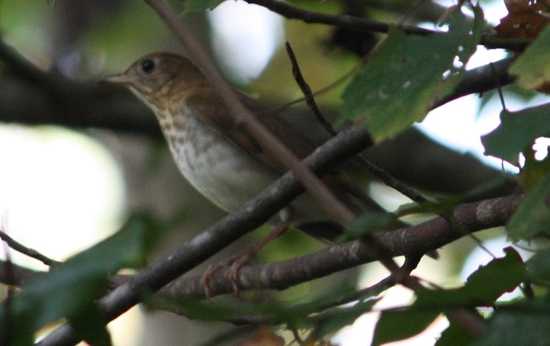
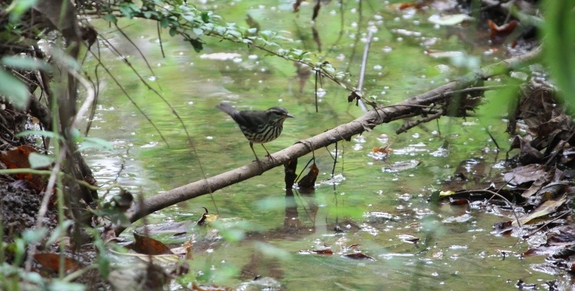
 Posted in
Posted in 
